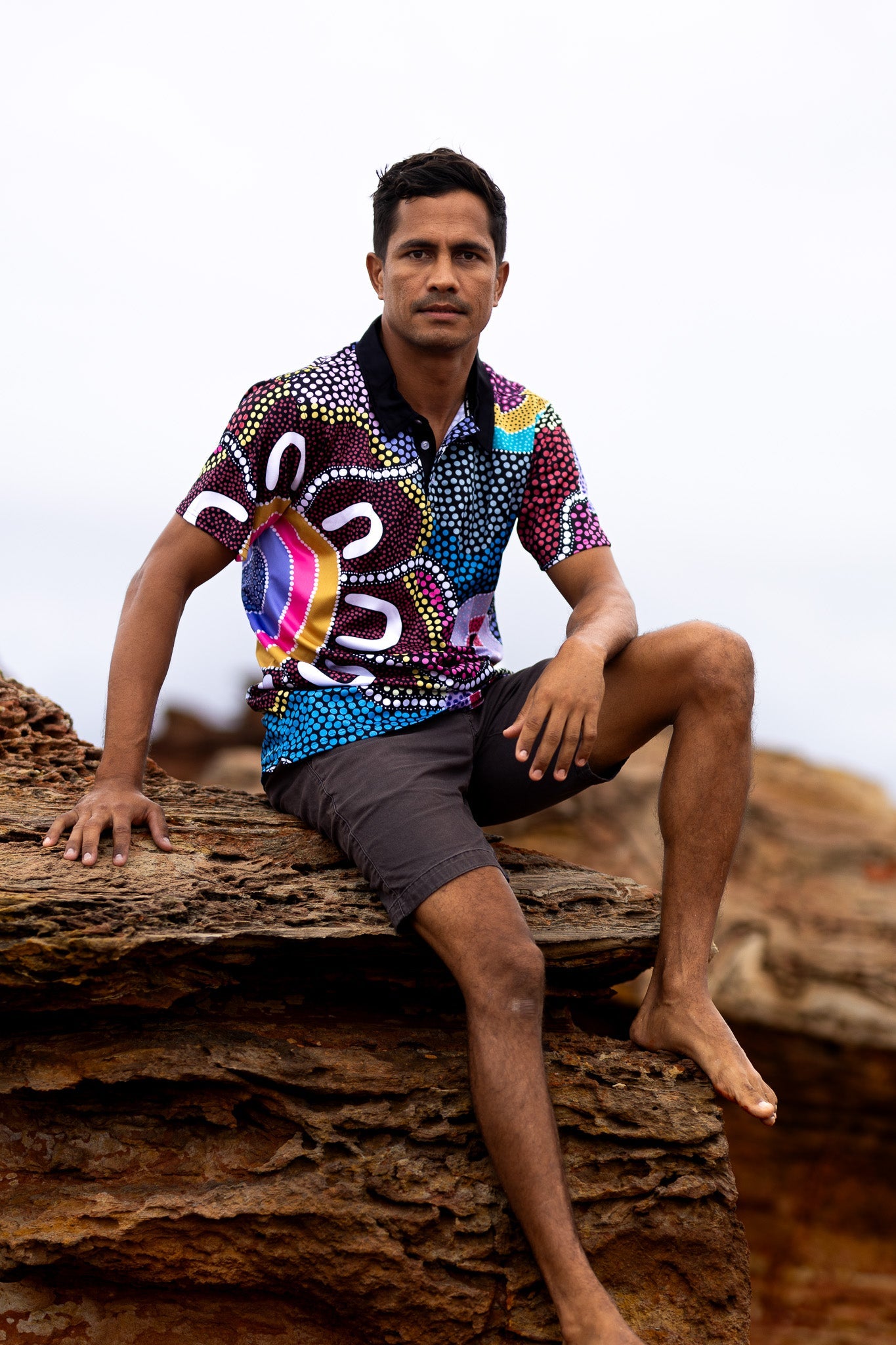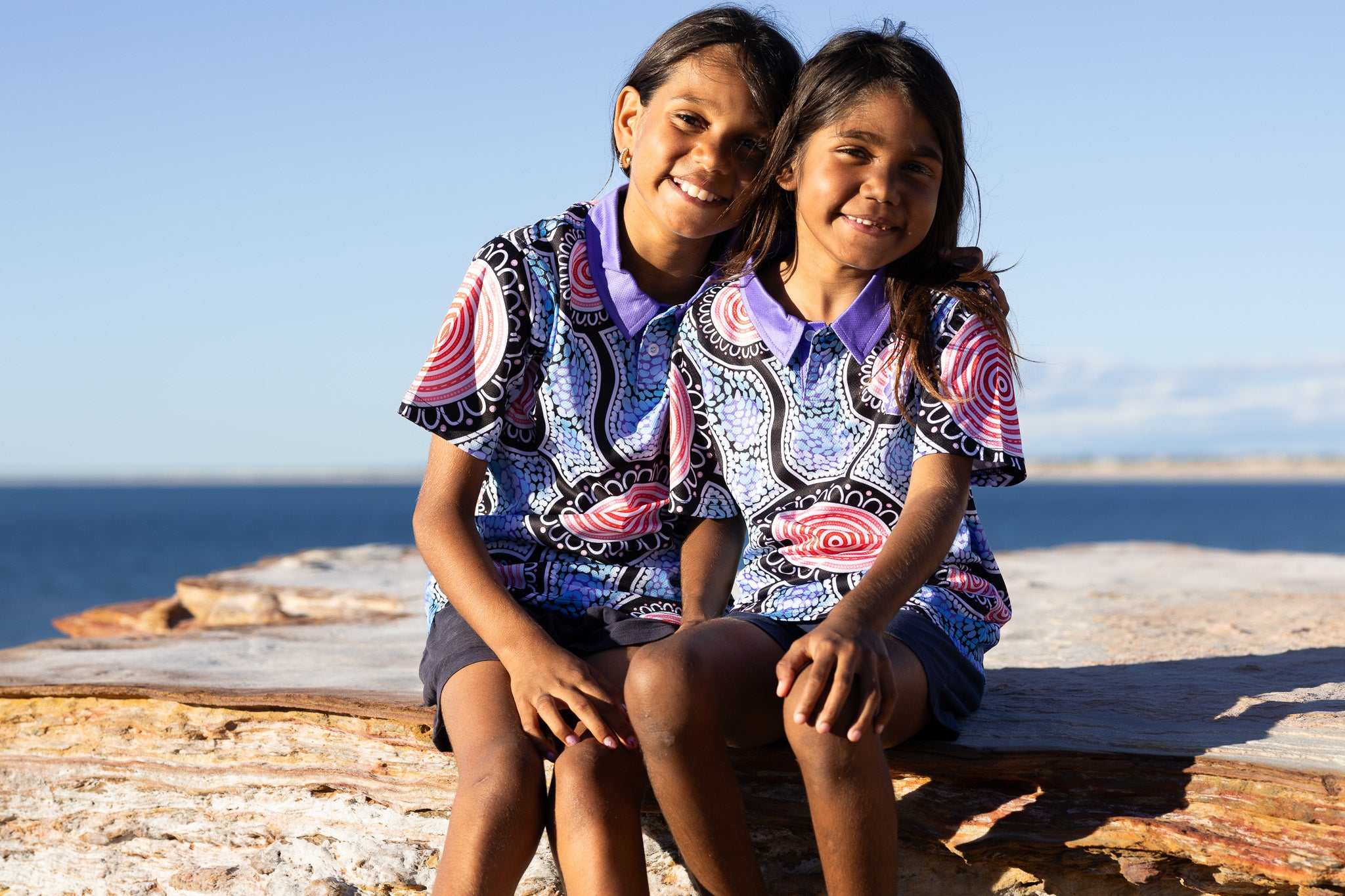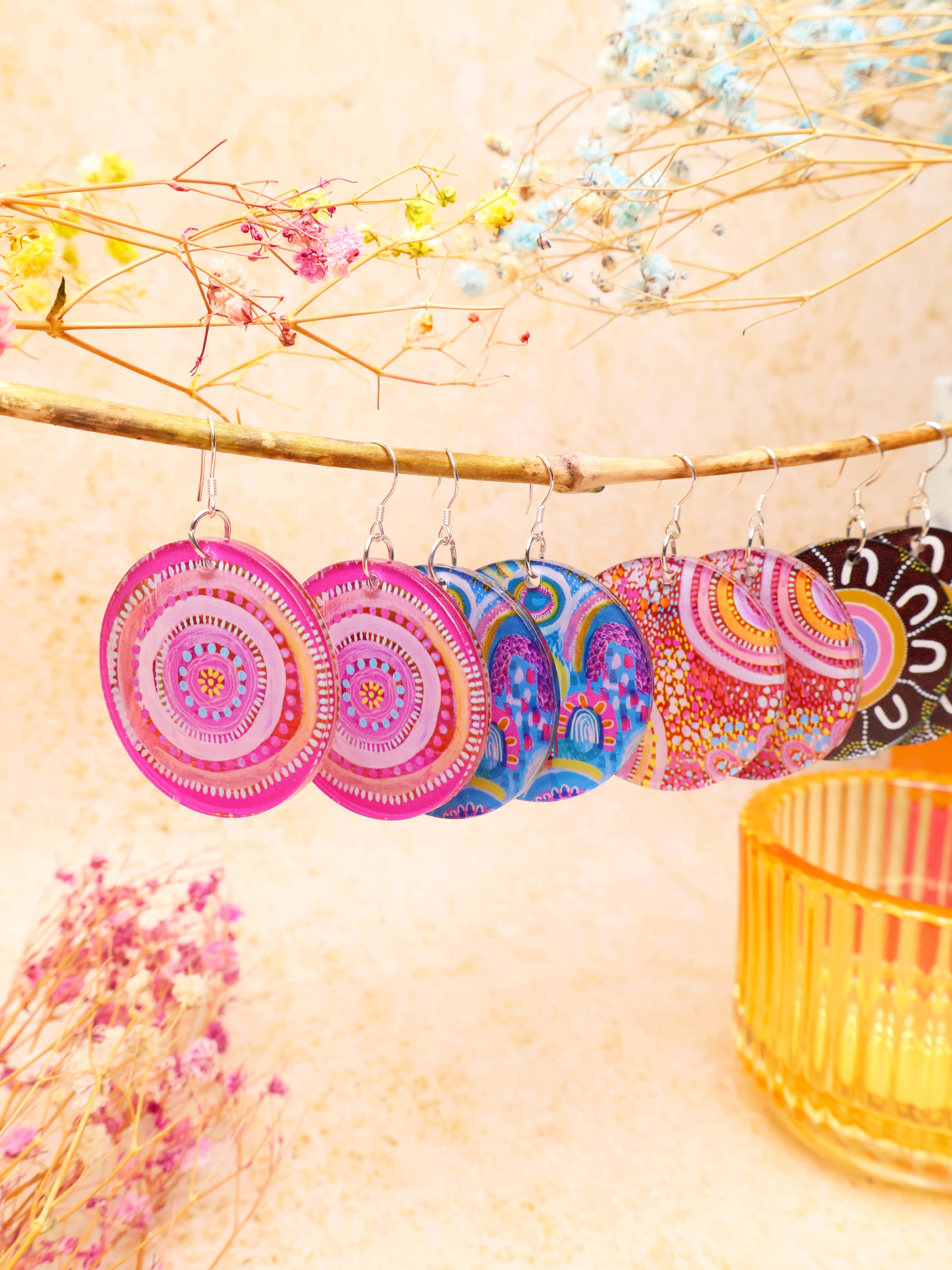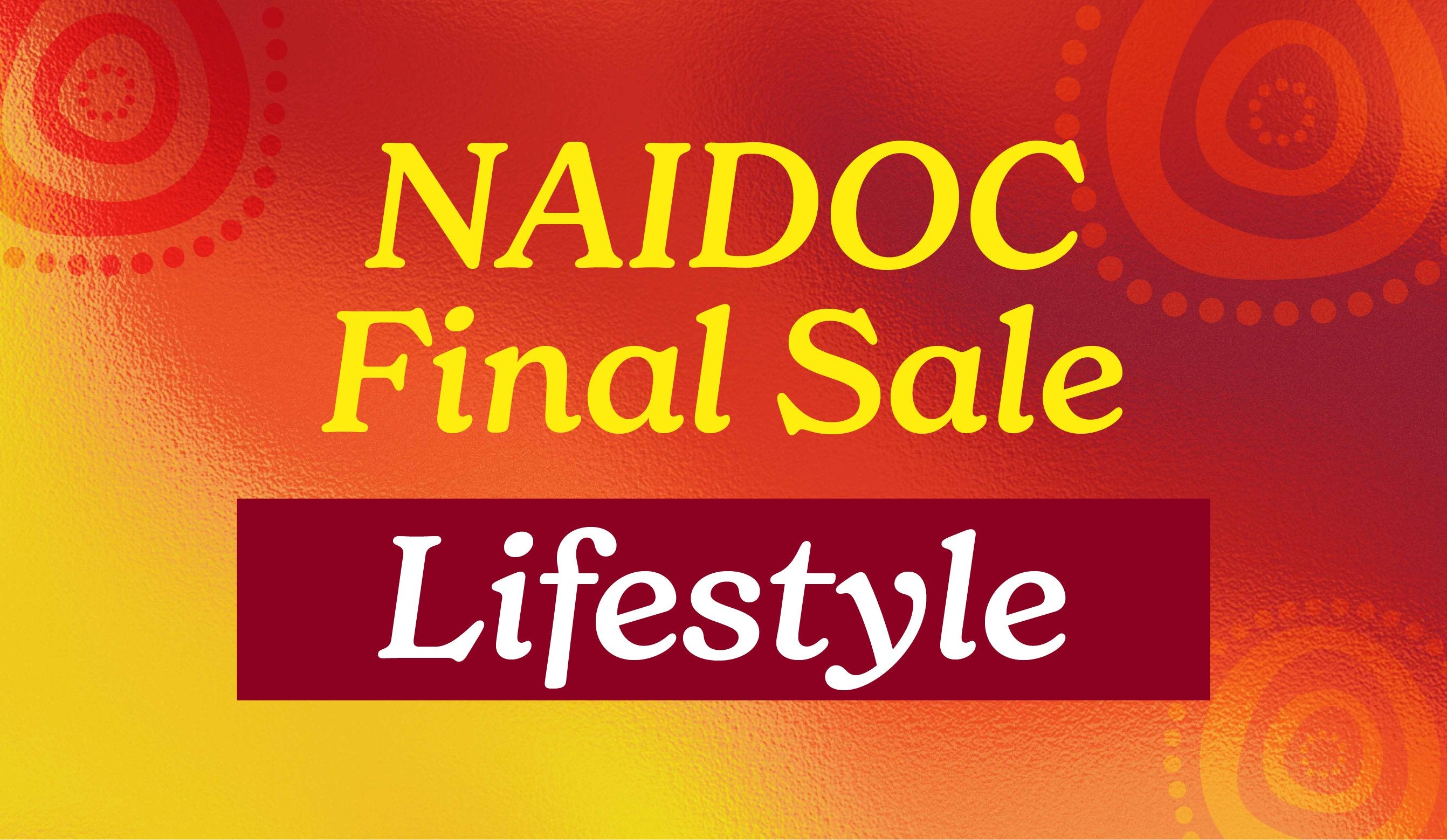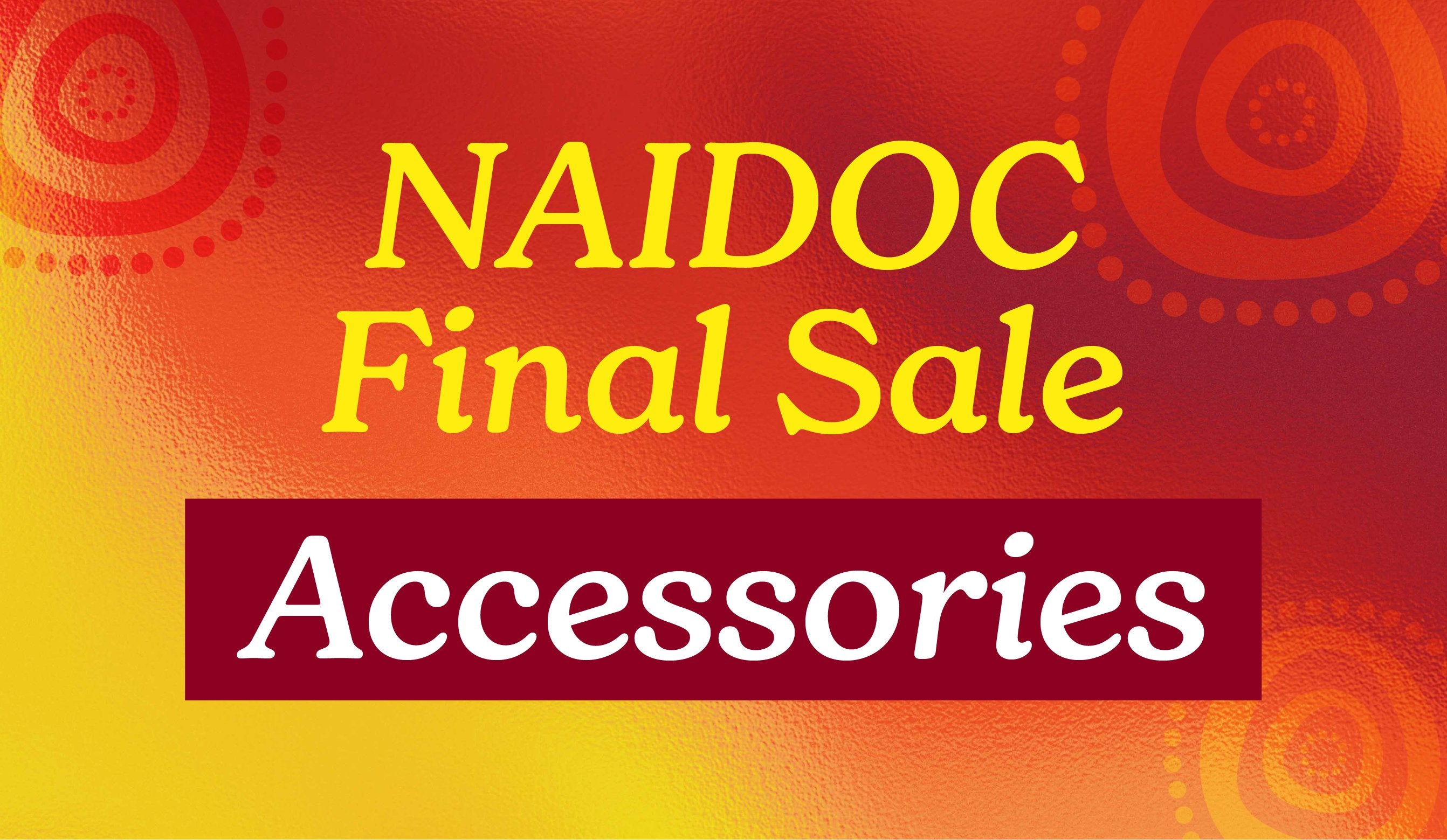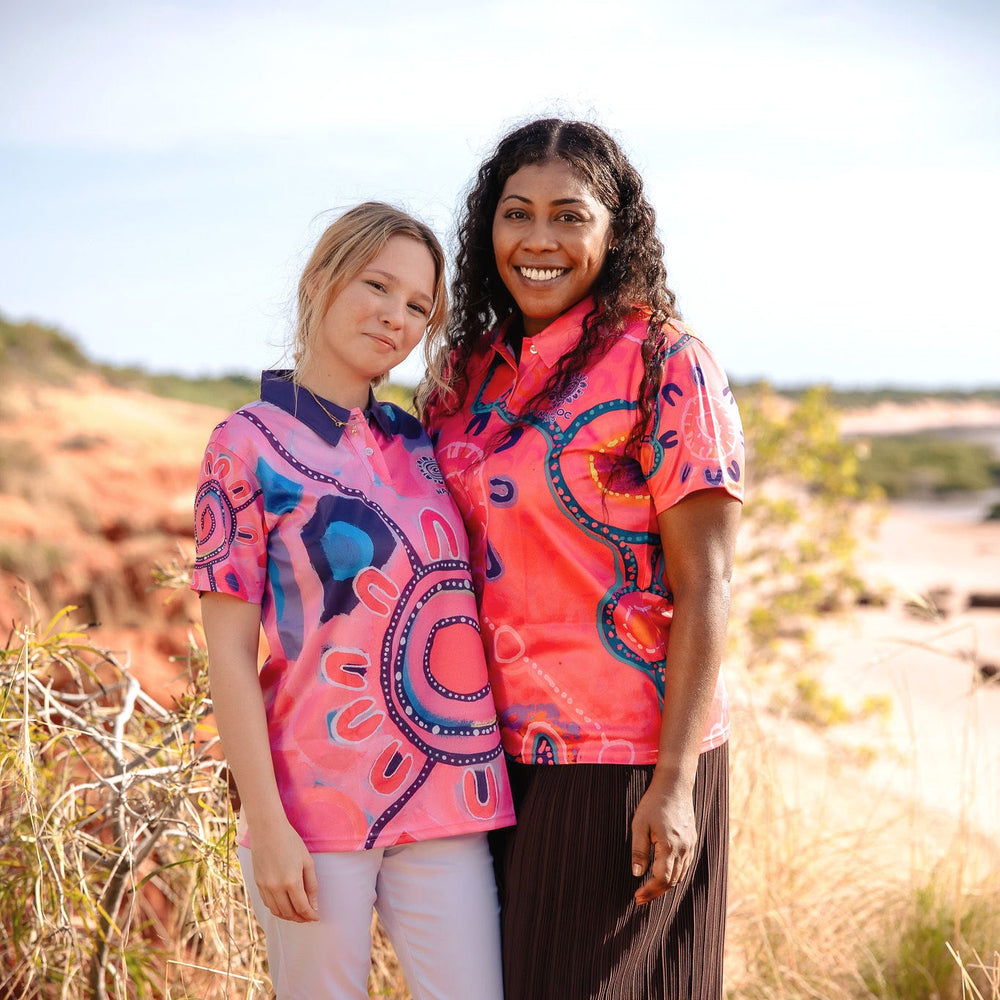What Are Indigenous Australian Sacred Sites?
Indigenous Australian sacred sites are living connections to the world's oldest continuing culture, with histories stretching back over 65,000 years. These sites form an essential part of Aboriginal cultural heritage and deserve our understanding and protection.
Types of Sacred Sites and Their Meanings
Sacred sites are diverse in form and meaning. They can include:
-
Natural Features: Mountains, rock formations (like Uluru), and waterways.
-
Human-Made Structures: Burial grounds or ceremonial spaces.
-
Invisible Significance: Sites connected to the Dreaming and oral traditions.
The profound spiritual value of these sites often lies beyond their physical attributes, grounded in stories, laws, and cultural practices passed down through generations. Burial grounds preserve the resting places of ancestors and hold profound spiritual significance. Ceremonial grounds are used for important rituals, initiations, and gatherings. Some sites mark places of birth or death of significant ancestors, while others are connected to traditional food sources or medicine. Rock art sites contain invaluable historical records and cultural stories, and some locations are tied to specific gender-based ceremonies or teachings that are essential to maintaining cultural practices.

Marara are trees with elaborate muyalaang (tree carvings), marking the dhabuganha (burials) of Wiradjuri men of high standing. They represent a traditional cultural practice with deep roots.
Why These Sites Matter
For Indigenous Australians, sacred sites are not static relics of the past. They are:
- Living Spaces: Integral to ongoing cultural practices and spiritual life.
- Educational Hubs: Teaching about law, customs, and Dreamtime stories.
- Connections to Ancestors: Deeply linked to identity and Country.
An example is Uluru, which is much more than a stunning rock formation for the Anangu people. Each crevice and cave holds stories, laws, and ceremonial significance that are vital to their heritage. Each crack, cave, and contour holds meaning and teaches important lessons about their culture and history.

Uluru. Sacred site for the Anangu peoples of central Australia.
Threats to Sacred Sites
Despite their importance, sacred sites face significant challenges:
- Urban Development: Expanding cities encroach upon sacred lands.
- Mining: Destruction caused by resource extraction.
- Tourism Mismanagement: Over-tourism or lack of understanding damages fragile sites.
While legal frameworks exist to protect these locations, awareness and cultural respect are crucial to their preservation.
How You Can Help Protect Sacred Sites
Here are actionable steps to ensure these sites are respected and safeguarded:
- Educate Yourself: Learn about the Traditional Owners of the land you inhabit.
- Follow Guidelines: Respect restrictions on access to certain areas.
- Choose Indigenous-Led Tourism: Support Indigenous-led tourism initiatives that share cultural knowledge responsibly.
-
Listen and Advocate: Amplify Indigenous voices advocating for site preservation.
The Importance of Privacy
Not all sacred sites are known to the public. Many are kept private to protect their spiritual value. This privacy is an essential aspect of preserving Indigenous cultural heritage and should be respected at all times.

Mungo National Park. Sacred Site for the Ngyiampaa, Mutthi Mutthi and Southern Paakantyi Aboriginal peoples.
Why Protecting Sacred Sites Matters
Preserving sacred sites is not only about protecting the past. It is a way to honour living cultures and ensure that these connections endure for future generations. By learning about and respecting these spaces, we contribute to a more inclusive and respectful society. We're helping to maintain the world's oldest living culture as well as showing respect for the deep connection Indigenous Australians have with their Country. It's an ongoing process of learning and understanding, but one that enriches our collective appreciation of the land we share and its first peoples.






